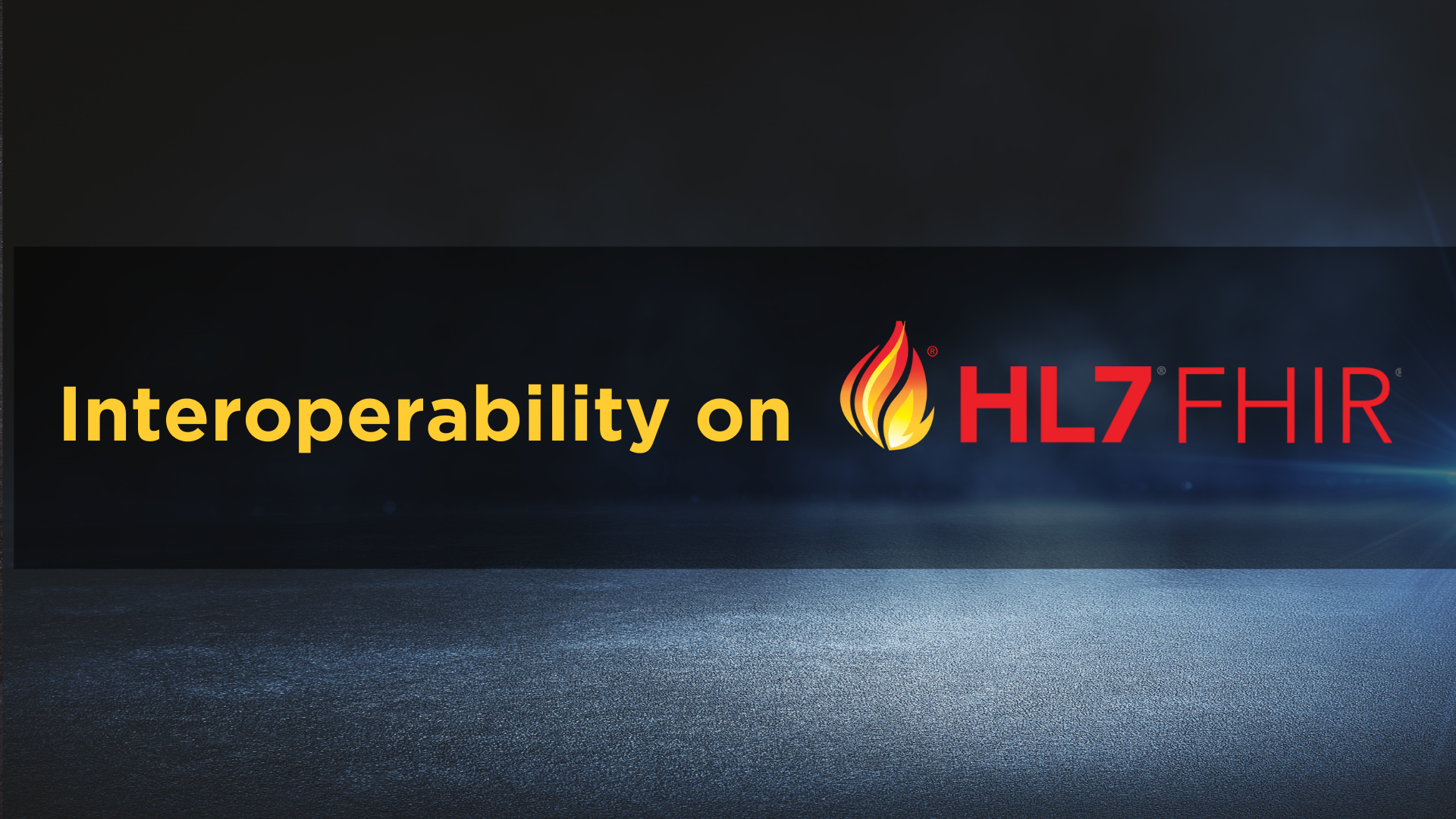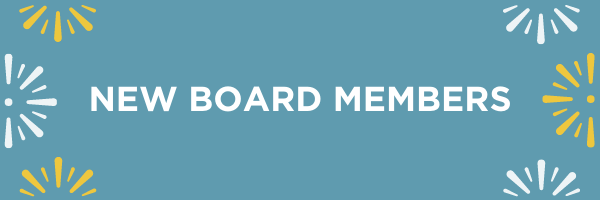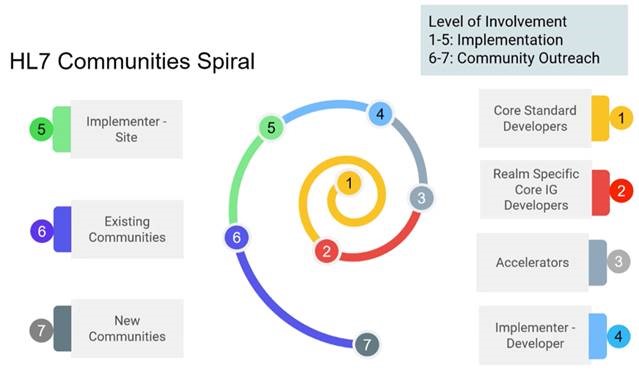Weclome to CodeX's New Patient Voices Series!
CodeX recently talked with cancer patients, survivors, and advocates to hear their stories and learn more about their perspective through the cancer care coordination process. CodeX (Common Oncology Data Elements eXtensions) is a HL7 FHIR Accelerator, launched at the end of 2019, that is building a community to enable interoperable cancer data modeling and applications that lead to step-change improvements in cancer patient care and research.
How is the Standard of Care Defined?
“Everyone just said this is the standard of care!” Today, Desiree D. has no evidence of disease, but in 2017 she was diagnosed with stage 2b breast cancer at the age of 40. When trying to make decisions about her course of treatment, Desiree was repeatedly told by doctors that she was getting the standard of care. In reality, the “standard of care” is relatively loose terminology. When making treatment decisions, Desiree felt that the standard of care where she was living in Virginia meant something different than the standard of care in Massachusetts or the standard of care in Vermont.
Imagine if a chef could not make a soup because he only understood Portuguese and the soup’s instructions were in Hindi. The chef could look elsewhere and find a solution after further research; however, the lack of a common language has cost the chef time and the chef’s soup is not going to be the same as he wished. This scenario is harmless, but a similar and much more serious situation exists across healthcare systems. The healthcare industry remains significantly less standardized than other industries. This means that treatments for the same type of cancer might vary greatly by geographic location, cancer center, and even oncologist in part because healthcare data is not collected or shared in a standard manner.




.png)

.png)


